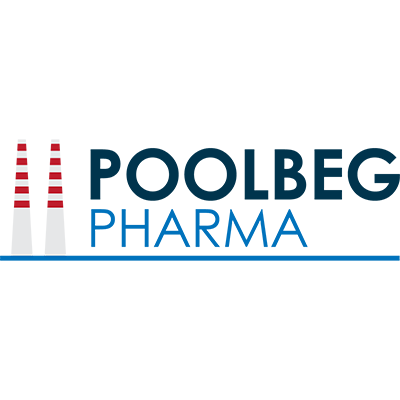As global attention swings between pandemics and seasonal threats, the steady rise of influenza remains a critical indicator of public health readiness, and a compelling signal for savvy investors watching the healthcare space evolve with each mutation.
Influenza, often underestimated in its seasonal routine, is a potent reminder of the power, and unpredictability, of viral infections. Driven by constantly changing influenza viruses, this highly contagious respiratory illness has shaped public health systems, pharmaceutical strategies, and consumer awareness. For investors, understanding the nature of flu viruses and the ripple effects they cause is key to recognising the growth opportunities emerging across biotech, diagnostics, and vaccine development.
At its core, influenza is caused by viruses that infect the nose, throat, and sometimes the lungs. These viruses spread through airborne droplets released when an infected person talks, coughs, or sneezes. The efficiency of this transmission method makes influenza a formidable force during seasonal spikes. Contact with contaminated surfaces followed by touching the face also facilitates infection, reinforcing the importance of hygiene products, air filtration systems, and digital solutions designed to monitor and mitigate outbreaks.
What makes influenza particularly challenging, and commercially significant, is its ability to mutate. The virus evolves rapidly, often enough that immunity gained from previous infections or vaccinations can become less effective within a year. This variability keeps pharmaceutical companies in a state of constant innovation, with annual reformulations of flu vaccines essential to match the most prevalent circulating strains. For investors, this built-in demand for annual vaccination cycles underpins a reliable revenue stream for major healthcare players and emerging biotech firms alike.
While the flu is often associated with symptoms like fever, fatigue, muscle aches, and respiratory discomfort, its impact can be severe. Young children, older adults, pregnant women, and individuals with chronic conditions face heightened risks of complications such as pneumonia, heart inflammation, and worsening of existing diseases. This vulnerability supports not only the vaccine market but also the development of antiviral medications and preventive therapies. These treatments, which work best when administered early, continue to attract investment as research moves toward broader-spectrum antivirals and faster diagnostic tools.
The public health community also leans heavily on surveillance systems and epidemiological data to track outbreaks and inform vaccine composition. This fuels demand for companies specialising in health analytics, AI-driven modelling, and global health data infrastructure, another lucrative avenue for investors tuned into tech-health convergence.
Notably, the global response to recent pandemics has heightened awareness of influenza and sharpened demand for efficient response protocols. Governments and private institutions are allocating more resources toward prevention, preparedness, and rapid response. This environment supports a fertile ground for partnerships, public-private funding initiatives, and technological innovations that not only address influenza but also position companies for success in tackling other respiratory illnesses.
Influenza’s evolution is relentless, but so too is the healthcare sector’s drive to outpace it. Every mutation reinforces the critical role of ongoing investment, innovation, and preparedness. The companies that stay ahead of the curve stand to benefit not only from seasonal returns but from long-term positioning in a health-conscious, risk-averse global economy.
Poolbeg Pharma plc (LON:POLB) is a clinical stage infectious disease pharmaceutical company, with a novel capital light clinical model which enables us to develop multiple products faster and more cost effectively than the traditional biotech model.








































